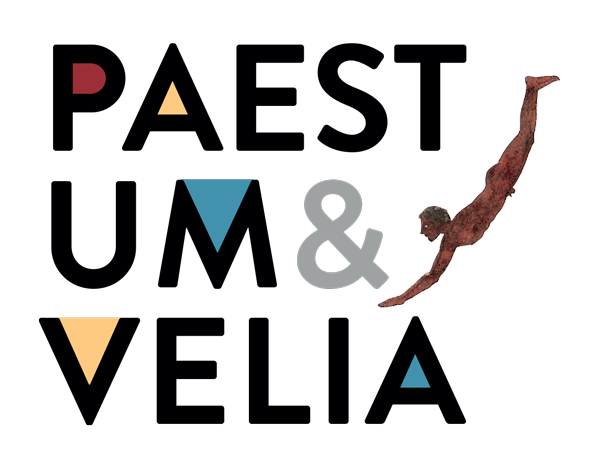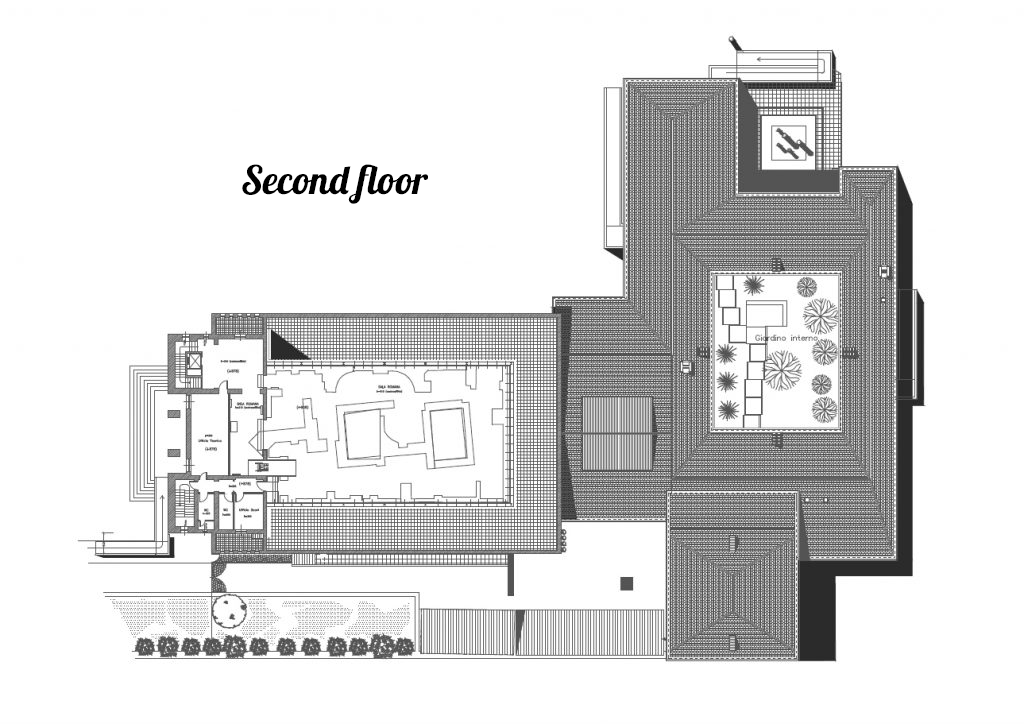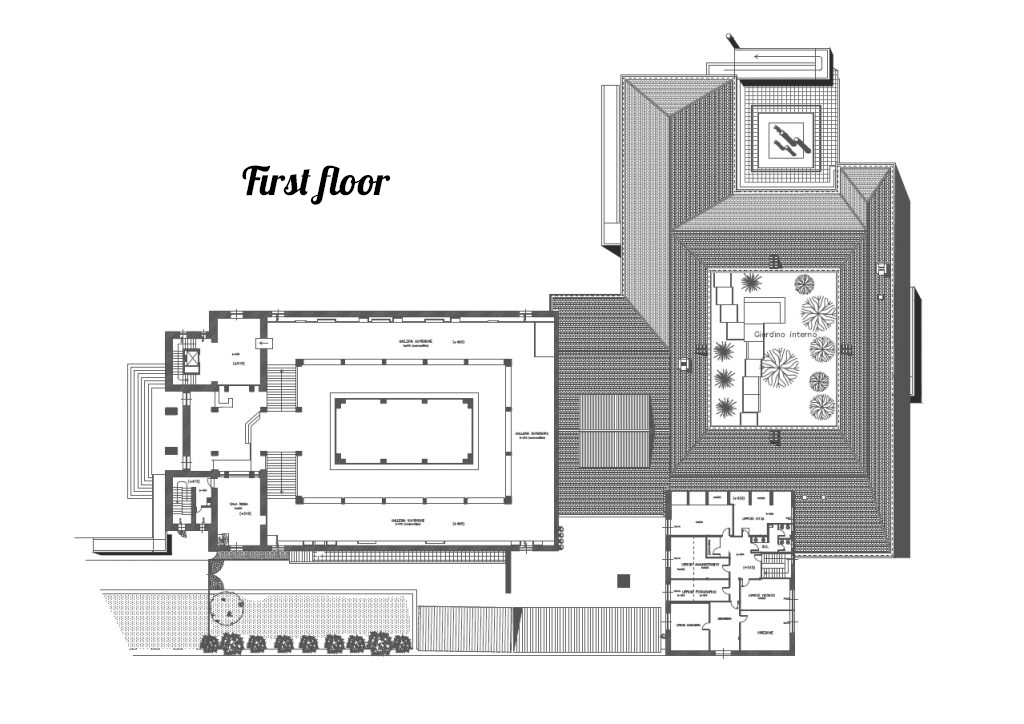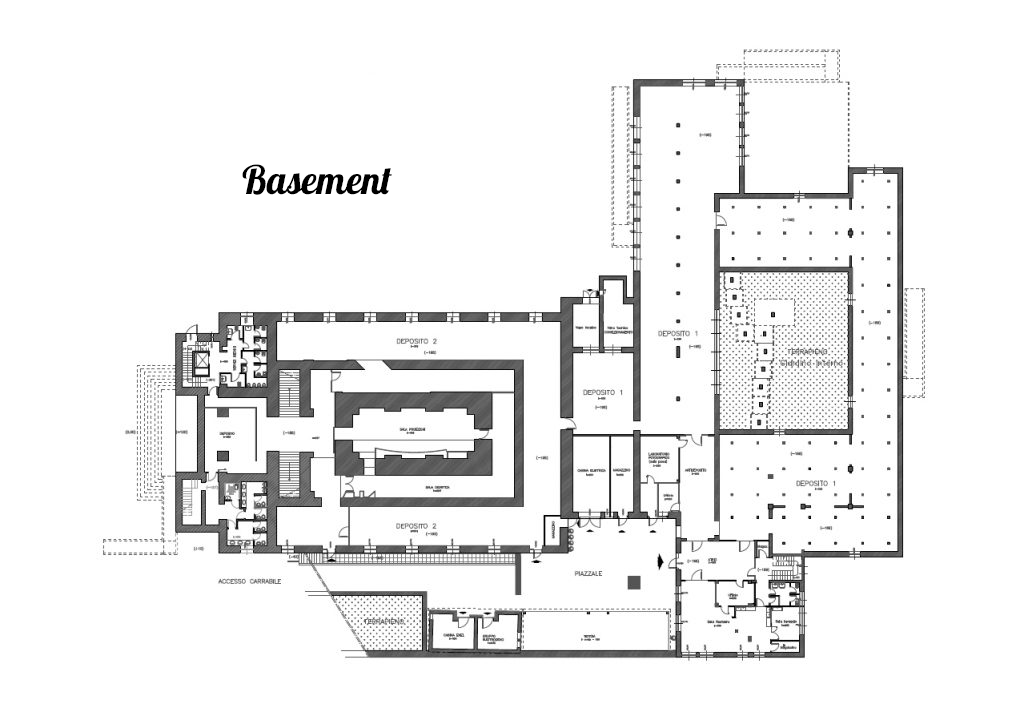 Building a new home for the wonderful metopes of the Sanctuary of Hera at the mouth of the river Sele. That was the urge behind then superintendent Amedeo Maiuri’s decision to commission architect Marcello de Vita with the design for the Paestum Museum in the 1930s.
Building a new home for the wonderful metopes of the Sanctuary of Hera at the mouth of the river Sele. That was the urge behind then superintendent Amedeo Maiuri’s decision to commission architect Marcello de Vita with the design for the Paestum Museum in the 1930s.
The war, however, pushed back the beginning of the works and the rationalist style building was to be inaugurated only in 1952. Since then, the metopes have looked down from the specially-built cella, so that visitors can admire them “from below” like the ancients did.
However, the museum also became a home for all the materials – from excavations in the city, in the sanctuaries and in the necropolises – that until then had been housed in the Antiquarium of the 18th-century Palazzo De Maria, next to the Early Christian Basilica. The collections were enriched right away thanks to the significant excavation campaigns in the post-war period. In other words, the Museum building was already too small when it was completed.
The first extension, the Metopes Hall, was used in 1959 to house the metopes and many more finds from the new excavations at the Heraion of the river Sele. The second extension dates back to 1968-70: the so-called Sanctuary Hall and other rooms overlooking an internal courtyard, the fine Garden of Hera, which echoes the style of the great architect Carlo Scarpa, and which also underwent important restoration in 2018 thanks to the contribution of the “Friends of Paestum” association.
The latest extension dates immediately after that and is well-known: it was used to house the celebrated Tomb of the Diver, unearthed in 1968. Indeed, the then superintendent (and the man who discovered the Diver) Mario Napoli commissioned artist Carlo Alfano with a work that was placed in the space outside the hall in 1972, to ideally “converse” with the Diver.
Consisting of five cylinders of varying heights – three in Plexiglas and two in steel – which ostensibly provide an abstract echo of the five slabs of the tomb, the work lets the visitors’ gaze wander out of the museum towards the mountains. It was the first contemporary art installation in an archaeological museum in Italy and, back then, it was feared it would not be understood: that’s why for a long time it was described as a “fountain”.













